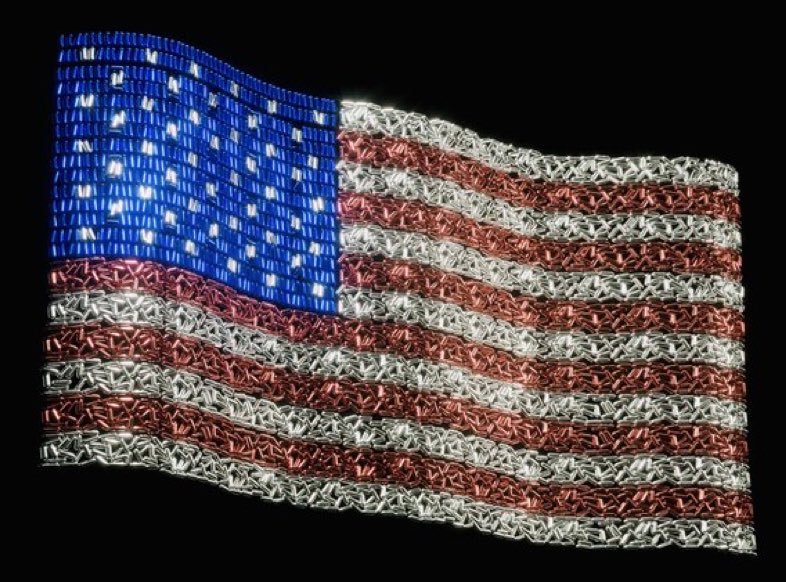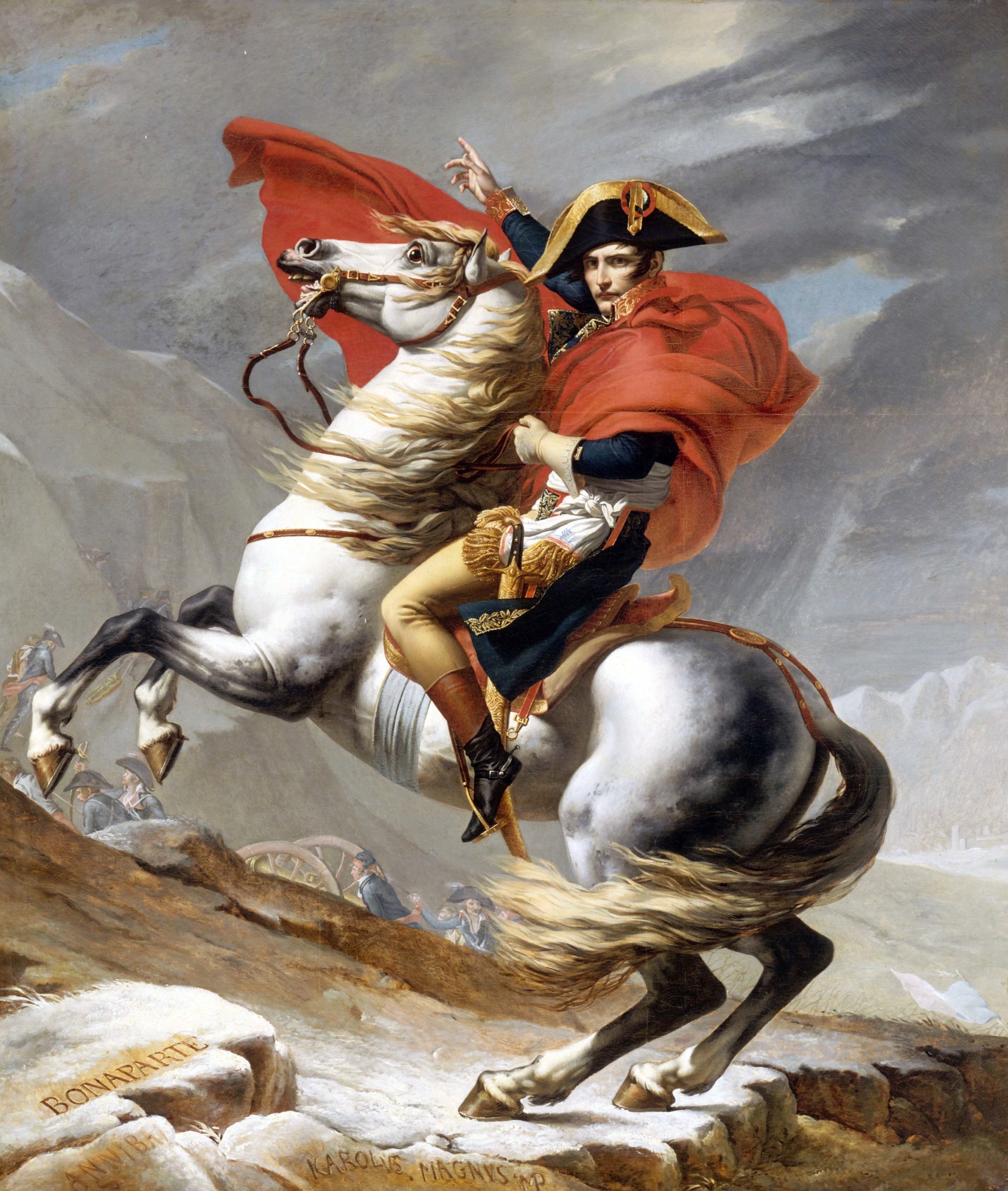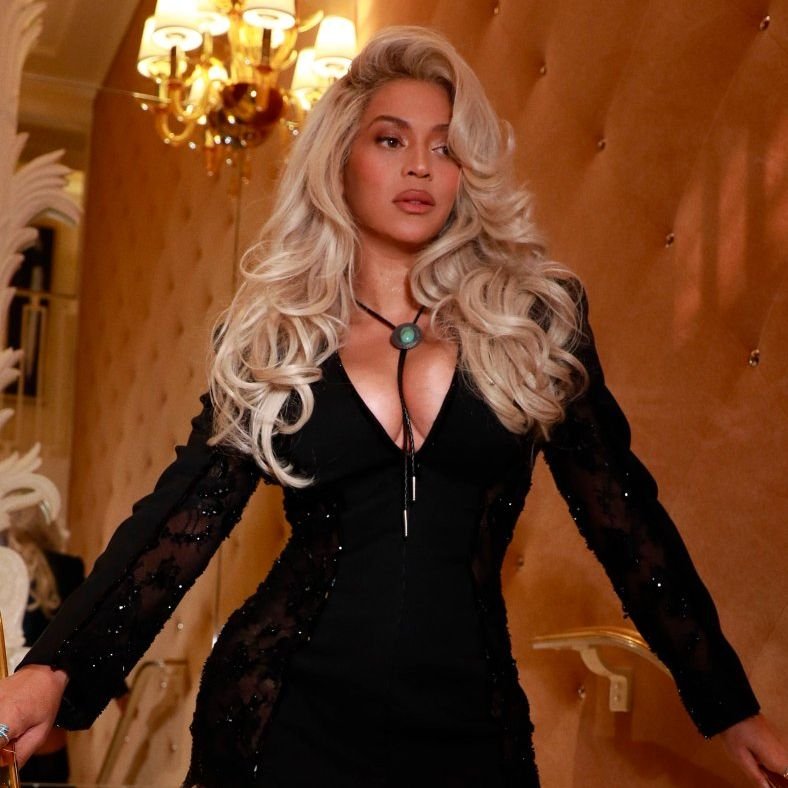Beyonce, Cowboys, Culture & Reclamation- Analyzing Album Cover #1 of “Cowboy Carter”
The Standard Edition Cover for Cowboy Carter
There is no other artist that can incite me to chorus like Beyonce Giselle-Knowles Carter. Yes, she’s beautiful. Yes, she talented. Yes, she’s inspirational. Yes, her work ethic makes me tired. But if we’re being honest, so many artists fit that bill. And many don’t have the family, the appeal, or the machine that Mrs. Carter has in her favor.
Like many “Pop Stars,” (big quotations there), she could have easily rested on her laurels years ago. Maintaining long-term relevance in this industry is about as difficult as keeping your lace down for more than three days.
But she didn’t.
Because she’s interesting.
And she’s interested.
I have not always been a card-carrying Bey-hive member. I stanned Destiny’s Child. Quiet as it’s kept, LeToya was always my favorite. (Chile, that smile and the swoop had me in a choke-hold!). I loved Beyonce when she went solo, but other than being body goals and her performances being the ONLY reason I tuned into award shows, that was the extent of my investment. Bop after Bop has infiltrated my high school and college experiences and playlists. “Dangerously in Love” and “B’Day” were no-skips for me. But “I am…Sasha Fierce” lost me. (I should have known then that Beyonce was going to be bigger than her name because even then her genre pushing made me uncomfortable.) Sasha Fierce was commercially a smash, but for me, it felt too experimental…too dichotomous….too extreme. I did not want to hear “Brokenheared Girl” Beyonce, I wanted “I’d Rather Be With You” Beyonce. But what Beyonce was forcing me to face, even then, is that I was as guilty of non-consensual genre-ing.
But “4?” 4 is bae. That album pushed me to understand that Beyonce is brilliant. I am in no way overlooking that Beyonce’s team is also brilliant, but so is she. It takes brilliance to learn. It takes brilliance to trust other people. It takes brilliance to trust yourself. “4” is a definitive sign that Beyonce is a student of music. And while “4” was commercially successful, the experimental direction of 80’s synth pop, 90’s neo-soul, traditional RnB, and clear Prince references was exciting to hear. However, the drop in consumer interest was a clear signal that I was not the only one guilty of the Beyonce-box. This isn’t a review of “4,” but “4” was the warning shot we never heard. Excluding “Homecoming” and “Black is King,” “act II” is eight, doubling 4’s genre bending in every way.
So here we are. I have so much I want to add to the chorus. But I cannot do that in one sitting or one listening. I’ve chosen to start with the imagery of the album covers and then move on to subsequent song analyses later. Full disclosure: I’ve tried VERY HARD not to read other people’s takes. There is no way I could escape the prevalence of commentary because the algorithm be ‘rithm-ing, but I am very confident that these opinions are my own outside of the cited sources I’ve researched. If they add to or support others, then I’m simply validated that my English-professor mind has not spiraled into the well that is rhetorical analysis, never to emerge again. And if I say something you haven’t considered, well, wonderful. Drink up.
Album Cover #1
As soon as I saw the album cover, I could smell the comments before opening them, and they reeked of ire. I don’t have the range to discuss African American’s complex relationship with American iconography and nationalism fully, but I can tell ya what I think. It’s obvious that the display of the colors has become aligned to conservatives and even the alt-right. As history shows us, the Confederate Flag takes on many forms. (Shout-out to my DEI’s!) Personally, I have always found it disconcerting that Haitians, Mexicans, Nigerians, or any other national (and sometimes ethnic) group can display their colors proudly here, when they come here by choice, but that wearing Red, White, and Blue on the Fourth of July still makes me feel strange. But like most things with Beyonce, her choices make us troll for treasure, even in base comment sections. The mere fact that we are having these conversations openly is a testament to her power.
Beyonce and the American Flag
There’s not a Black church in Alabama I’ve ever been to that does not have the American Flag shown prominently. That is the juxtaposition of Black and Proud and Southern and Black; what exactly am I proud of? I am Black. I’m a Southerner. I am American. My family’s blood runs in the veins of the rivers and their bodies fertilized the soil of the Black belt. My ancestors sweat is mixed with the mud in the bricks that still house Tuskegee University today. By right, the flag is mine, too…still.
Isn’t it?
Others can leave their countries, come to mine, and still post their flags proudly. My folks been here…we still here…we stayed in the South when so many others left…so why can’t I be proud of my colors?
Rightfully, there should be, at the very most, critique and, at the very least, questions. Under this flag, millions have been killed, disenfranchised, forcibly removed, and intentionally oppressed. But symbols are funny things, and the way we imbue our own meanings to these symbols involves serious study. Under this flag, my family has succeeded. We have built, been destroyed and built again. We have fought and continue to fight. And I am not wrong to love this place simply because I know what is in the dirt here. James Baldwin once said, “I love America more than any other country in the world and, exactly for this reason, I insist on the right to criticize her perpetually.” And Medgar Evans echoes, “It may sound funny, but I love the South. I don’t choose to live anywhere else. There’s land here, where a man can raise cattle, and I’m going to do it someday. There are lakes where a man can sink a hook and fight the bass. There is room here for my children to play and grow, and become good citizens— if the white man will let them.” This is what the flag represents for me any for the many MANY Black Southerners I’ve been with my whole life. And I may be in the minority here, but I was not one that felt the need to remove the Confederate flag. Because symbols do not mean the same things for us all. Standing for the flag is not out of respect for this country, it is in veneration of my Grandparents, who gave up everything so that I can have an inheritance here. Needless to say, Black people are not a monolith, and just because you are offended by what that flag represents shouldn’t mean your form of liberation works for all of us. It doesn’t.
If you look closely, however, the flag picture on the cover is not perfect. Beyonce is acknowledging that her relationship with our colors is flawed. The stars are missing. The country is there with no people. The flag is also in shadow, nor is it the center of attention here, and I think that’s intentional. I think Beyonce is reminding us that there is no unity among us and that the shadow of history’ shrouds the dream in nightmares for many, nor is there justice for the Black and Brown bodies that built the country that the flag flies over.
The cover of Beyonce’s “America Has a Problem” Remix with Kendrick Lamar
“There’s not a Black church in Alabama I’ve ever been to that does not have the American Flag shown prominently. That is the juxtaposition of Black and Proud and Southern and Black; what exactly am I proud of? I am Black. I’m a Southerner. I am American. My family’s blood runs in the veins of the rivers and their bodies fertilized the soil of the Black belt. My ancestors sweat is mixed with the mud in the bricks that still house Tuskegee University today. By right, the flag is mine, too…still.
Isn’t it? ”
Phrases like “Back the Blue” ring hollow when we understand that customarily, blue represents justice. And in this country, that is not a guarantee for all; it’s not even a pinky promise with your fingers crossed if you’re Black. And I don’t think I’m crazy about this flawed flag theory. Throughout the Renaissance Tour, viewers were blessed with a surprise remix of “America Has a Problem” featuring K. Dot himself. But the cover art interested me the most. It is a flag made of pills, presumably a reference to the Matrix. The red pill offered Neo the ability to understand the allusions, and the blue pill allowing him to return to the privilege of ignorance. So far, it seems as though Beyonce is presenting arms that are incomplete or problematic…or sick.
Playing with Gender- Using Cowboy instead of Cowgirl
I also find it interesting the ways Beyonce plays with gender. Cowboy Carter was a choice. Why not Cowgirl? This harkens back to previous title “King Bey.” Beyonce, whether you agree with her or not, is very good at cultivating her place in history strategically and who she wants to be connected to. King Bey harkens back to Pharoah Hatshepsut, a woman that took control of Egypt while ruling as regent with her stepson. She wore the clothes of a pharaoh and adopted the title of Pharaoh, ruling over a period of prosperity and prolific building or large-scale construction. Has Beyonce not done the same? She fired her father to further her own career her way, she has intentionally referenced herself using masculine language, and has built done some of the most prolific world-building of structure and sound since Michael Jackson. (I don’t care about numbers; I’m talking cultural impact. Years from now, no one is going to be referencing Drake’s For-All-The-Dogs era.) As feminine as Beyonce is, she encourages us to look at the way we view genders differently. On the cover, consider that she sits sidesaddle, a method of riding designed to preserve a woman’s chastity and dignity. The way ladies should sit. Yet, she is wearing chaps with open legs. For Beyonce, the modesty is a bit unnerving, until you think about what you’ll see if she turns around. Gender norms…gender roles…no one puts King Bey in a box.
Reclaiming “Cowboy”- A Derogatory Term Turned Term of Endearment
Can Beyonce make “Cowboy” a thing? I think so my D.E.I. According to the Ranchos Los Cerritos, “The term cowboy has interesting origins. Originally, White cowboys were called cowhands, and African Americans were pejoratively referred to as “cowboys.” African American men being called “boy” regardless of their age stems from slavery and the plantation era in the South.” Like most things in this country, the white stamp of approval covers a multitude of sins. Beyonce’s reclamation of names is an important theme in this era, as we will soon see.
When I first saw this album cover, I immediately thought of Napoleon. I didn’t know the name of the painting I remembered, but I recall discussing the propaganda of historical portraits in an art class my freshman year of college. After researching, I found that one of these propaganda portraits was called “Bonaparte Crossing the Alps.” In the original version (because there are five), Napoleon sits in the saddle of a white horse as the horse rears in obeyance of Napoleon’s order “forward” as he points towards the East. He dons red and navy blue, which looks faded in comparison to the vibrancy of the red and royal blue worn by Beyonce. Both Beyonce and Napoleon are staged in unnatural positions that are impossible for even the most accomplished rider to pull off, suggesting (to me), that she is acutely aware that there is an element or artifice in all nationalism. And again, like the lyrics (we’ll get there in later posts), the use of the word “cowboy” and her positioning on the horse suggest that gender expectations are (again) front and center. It is Beyonce on the white horse saving the day, continuing to bolster her image of the knight in shining armor, perhaps riding out of Camelot just to bring us all back to it.
(And I would be remiss if I did not also mention that without Napoleon and the Haitian Revolution, Beyonce would not exist. The Creole culture that comes forth from this French influence in Louisiana is the roux from whence comes Beyonce’s gumbo.)
Napoleon Crossing the Alps or Bonaparte at the St. Bernard
Jacques-Louis David, 1801
As a side note, I can’t help but wonder if the positioning of Beyonce on the horse has other significance. She rides a stationary horse moving forward with an album that so directly links back to previous musical eras. (Back to the Future?) Now, she faces us dead-on while her horse moves forward. Is she suggesting that by facing head-on the ridiculous boxes we (yes me) have placed her, she will be able to burst through them and bring us with her? Will act iii find her facing backwards as she returns to the RnB where we met her, suggesting that only once she did something new what she return to what’s old?
Here is the other thought about positioning on the horse. It has recently come to the public’s attention, through the form of a press release from Parkwood, that this album was supposed be act i. If the cover art we have now was the initial vision, it does put a wrench in these plans.
I suppose we could talk about the superblonde hair that has people in such an uproar, but that doesn’t interest me. Allegations of “cultural appropriation” here makes no sense; hell, Dolly Parton wore wigs and I’ve probably met five natural blondes my whole life. One could also interpret the silver/blonde of Beyonce’s hair here as an extension of the horse’s mane. Thanks to Meg, we know what a stallion is, and Beyonce fits the bill. Or, perhaps it is poking fun at the strong and wrong belief that Black women wear horse-hair. Well, if weave looks anything like this luxurious mane, I’ll take four bundles yesterday.
Anyway, Rodeo culture is full of pageantry. Hair is a part of that. Let’s move on…
Final Thoughts…
This album cover is a masterclass meticulous symbology. From the flag, staged nationalism, gender politics, and reclaimed identity, there’s a lot to wade through before we’ve even begun to swim.
Unlike many, I’m also not surprised at this cover. Beyonce is a super-capitalist; you can’t be billionaire and not be. She’s also from the South. And I’m willing to bet that even though we have both done our fair share of deconstructing our faith, religion, and respectability politics, respect of country are part of our upbringing and imprinted in our psyche. Forcing us to examine these things for what they are, what they aren’t, and what they represent is no light work, but at least we can do it while we tap our toes and do-si-do.
Continued in Part 2….






